Yoga Blog
Harnessing the Power of Breath and Gentle Yoga for Chronic Pain Relief
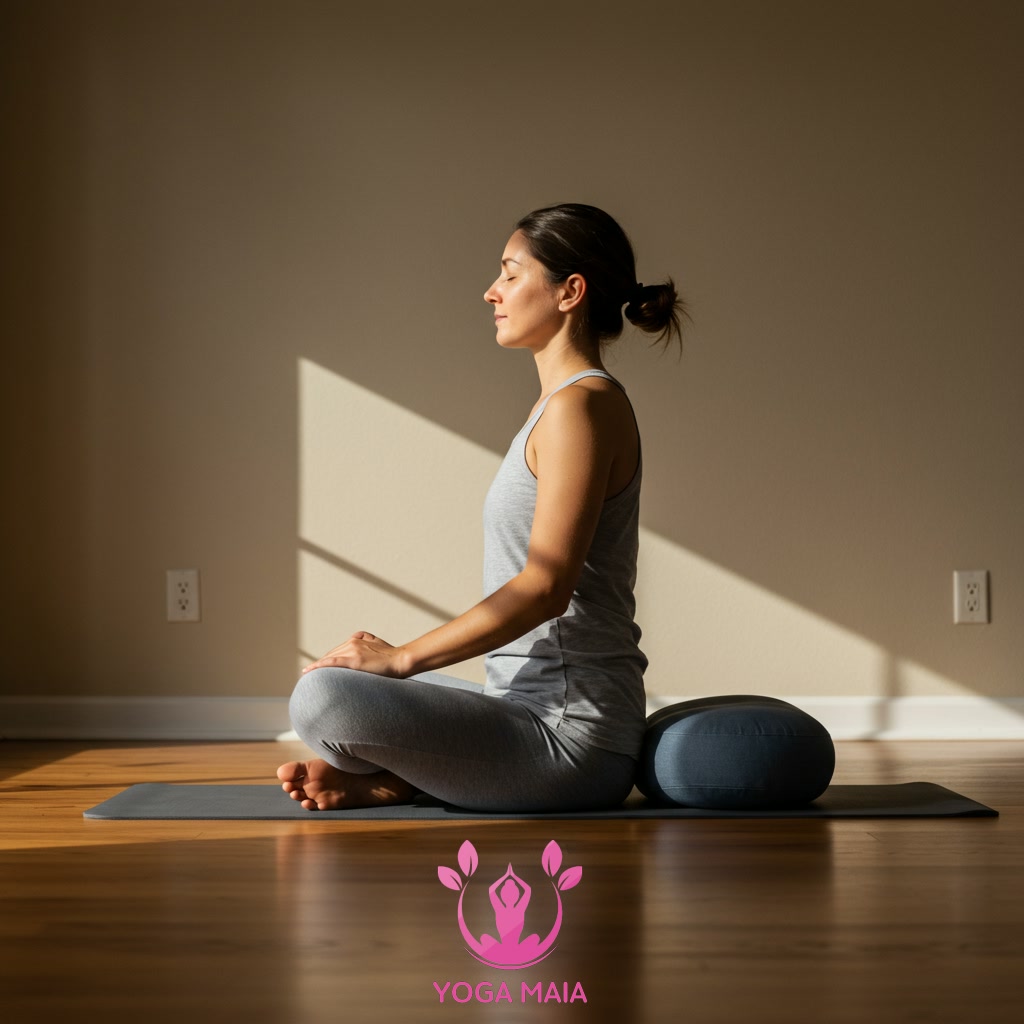
This content explores how integrating breathwork and gentle yoga can be a powerful strategy for chronic pain relief. It highlights techniques focusing on mindful movement and controlled breathing. The aim is to provide individuals with practical tools to manage persistent discomfort. Gentle yoga, combined with intentional breath practices, offers a pathway to improved well-being for those living with chronic pain.
Table of Contents
- Section 1: Understanding Chronic Pain and the Mind-Body Connection
- Section 2: The Science and Practice of Breathwork for Pain Management
- Section 3: Introduction to Gentle Yoga: Principles and Benefits for Pain
- Section 4: Integrating Breath and Gentle Yoga for Enhanced Relief
- Section 5: Getting Started: Simple Poses and Breathing Techniques
- Section 6: Building a Routine: Consistency and Long-Term Well-being
Section 1: Understanding Chronic Pain and the Mind-Body Connection
Chronic pain is defined as pain that persists for more than three to six months, often continuing despite treatment or the healing of an initial injury. Unlike acute pain, which is a signal of immediate tissue damage, chronic pain can involve complex changes in the nervous system and brain. A crucial aspect of understanding chronic pain is recognizing the profound mind-body connection. This concept highlights that our thoughts, emotions, and stress levels are not separate from our physical sensations but can significantly influence how we perceive and experience pain. Stress, fear, and anxiety can amplify pain signals, while states of calm and relaxation can help modulate them. Therefore, addressing chronic pain effectively often requires acknowledging and working with this intricate relationship between psychological and physical factors, paving the way for holistic management strategies.
 Understanding Chronic Pain and the Mind-Body Connection
Understanding Chronic Pain and the Mind-Body Connection
Section 2: The Science and Practice of Breathwork for Pain Management
The science behind breathwork for pain management lies in its direct influence on the autonomic nervous system. Chronic pain often triggers the sympathetic ‘fight or flight’ response, increasing muscle tension and stress hormones. Conscious, controlled breathing, particularly diaphragmatic or deep belly breathing, activates the parasympathetic ‘rest and digest’ system. This shift helps reduce physiological stress, lower heart rate and blood pressure, and decrease overall muscle tightness, all of which can alleviate pain perception. Regular practice teaches the body and mind to enter a calmer state, providing a non-pharmacological tool to interrupt the pain-tension-stress cycle and improve overall resilience to discomfort.
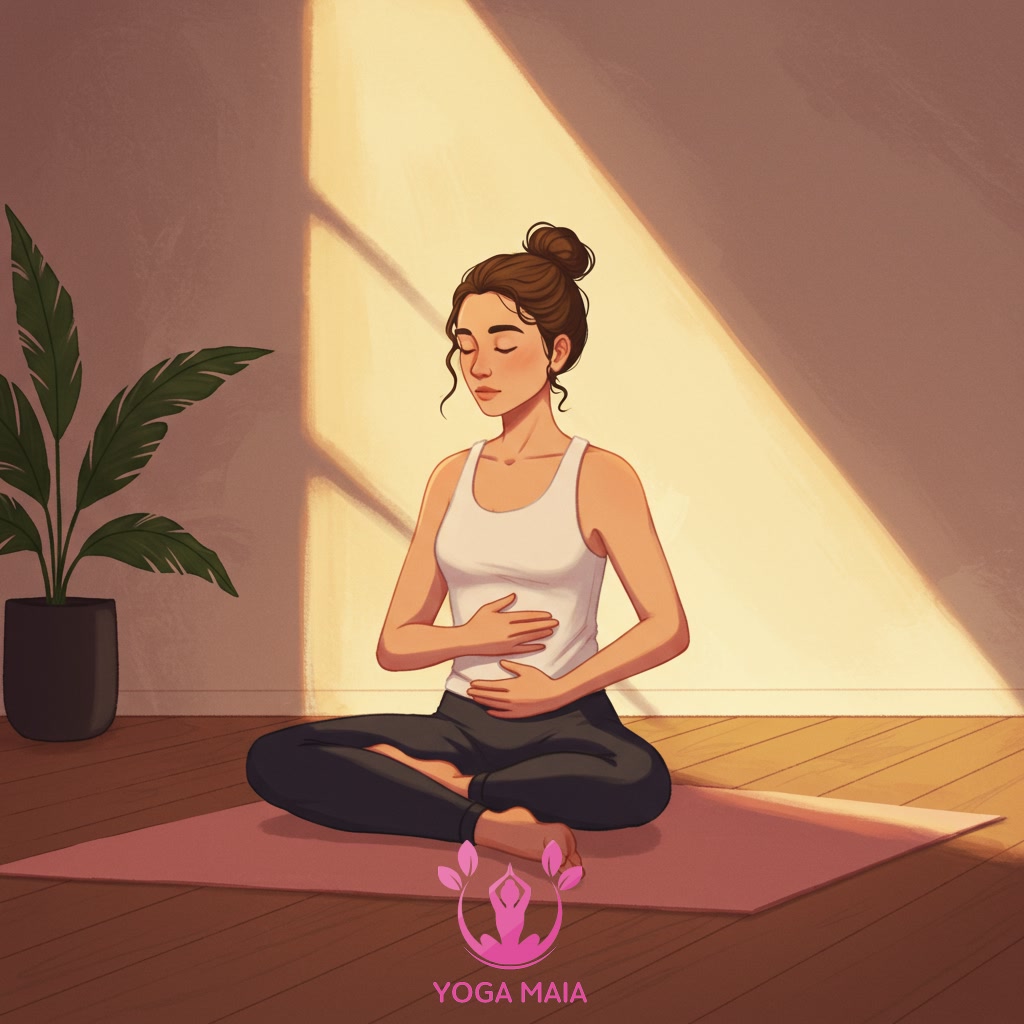 The Science and Practice of Breathwork for Pain Management
The Science and Practice of Breathwork for Pain Management
Section 3: Introduction to Gentle Yoga: Principles and Benefits for Pain
Gentle yoga offers a compassionate approach to movement, particularly beneficial for individuals managing chronic pain. Unlike more vigorous styles, gentle yoga emphasizes slow, deliberate movements and modified poses tailored to individual needs and limitations. Core principles include listening deeply to your body, avoiding pain, and cultivating mindful awareness of sensations and breath. This practice encourages relaxation, helps to release stored tension in muscles that often contributes to discomfort, and can gradually improve flexibility and range of motion without causing flare-ups. By fostering a sense of calm and self-compassion, gentle yoga not only addresses the physical symptoms of pain but also supports emotional well-being, helping to break the cycle of pain, tension, and stress.
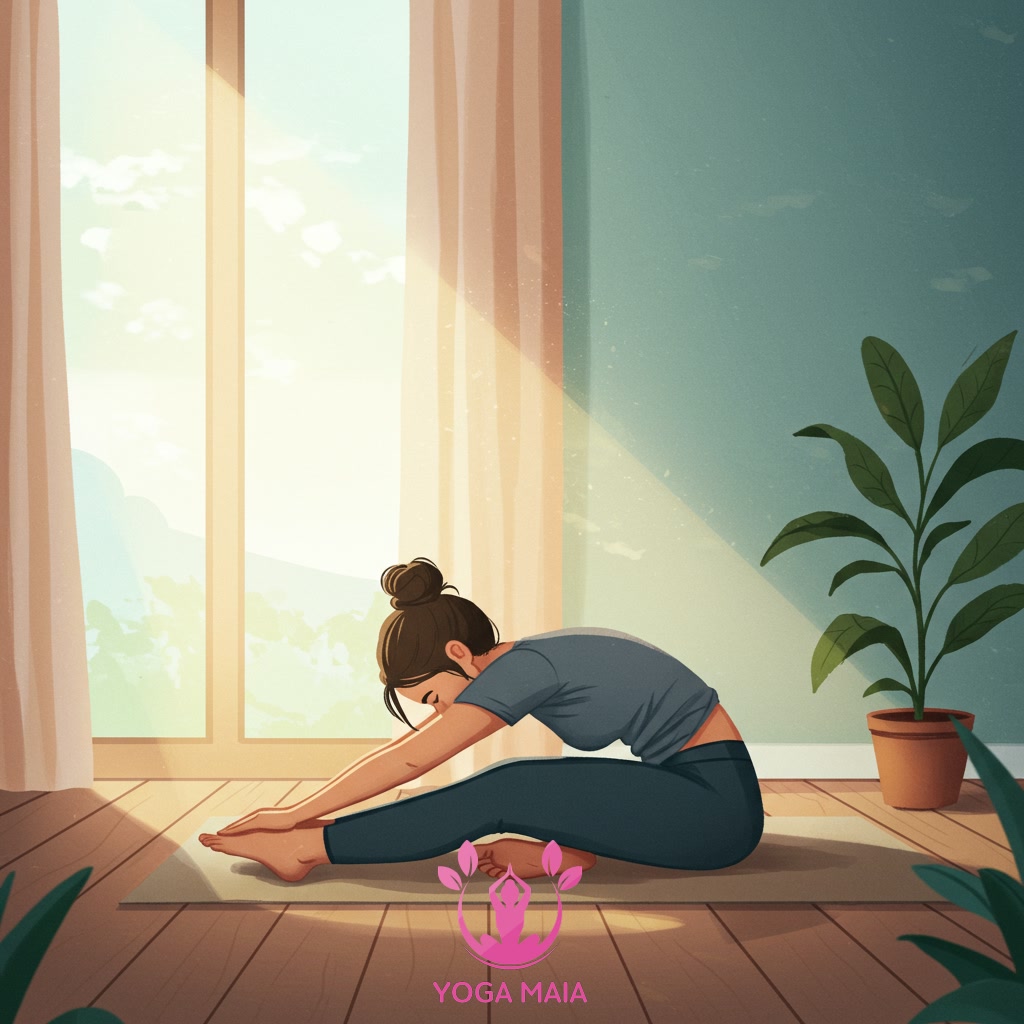 Introduction to Gentle Yoga: Principles and Benefits for Pain
Introduction to Gentle Yoga: Principles and Benefits for Pain
Section 4: Integrating Breath and Gentle Yoga for Enhanced Relief
Building upon the foundation of gentle movement, the true power for enhanced relief lies in the conscious integration of breathwork with these practices. When you pair slow, deliberate yoga poses with mindful breathing – inhaling deeply and exhaling fully – you create a profound synergy. This combination helps to calm the nervous system, which is often in a heightened state when chronic pain is present. Focusing on the breath during movement also draws attention away from the pain sensation itself, redirecting focus inward to bodily sensations and the rhythm of breathing. This increased body awareness allows for greater control over muscle tension, promoting relaxation and flexibility without strain. By consciously breathing through gentle stretches and poses, individuals can unlock deeper levels of physical and mental ease, significantly enhancing their ability to manage persistent discomfort and improve overall well-being.
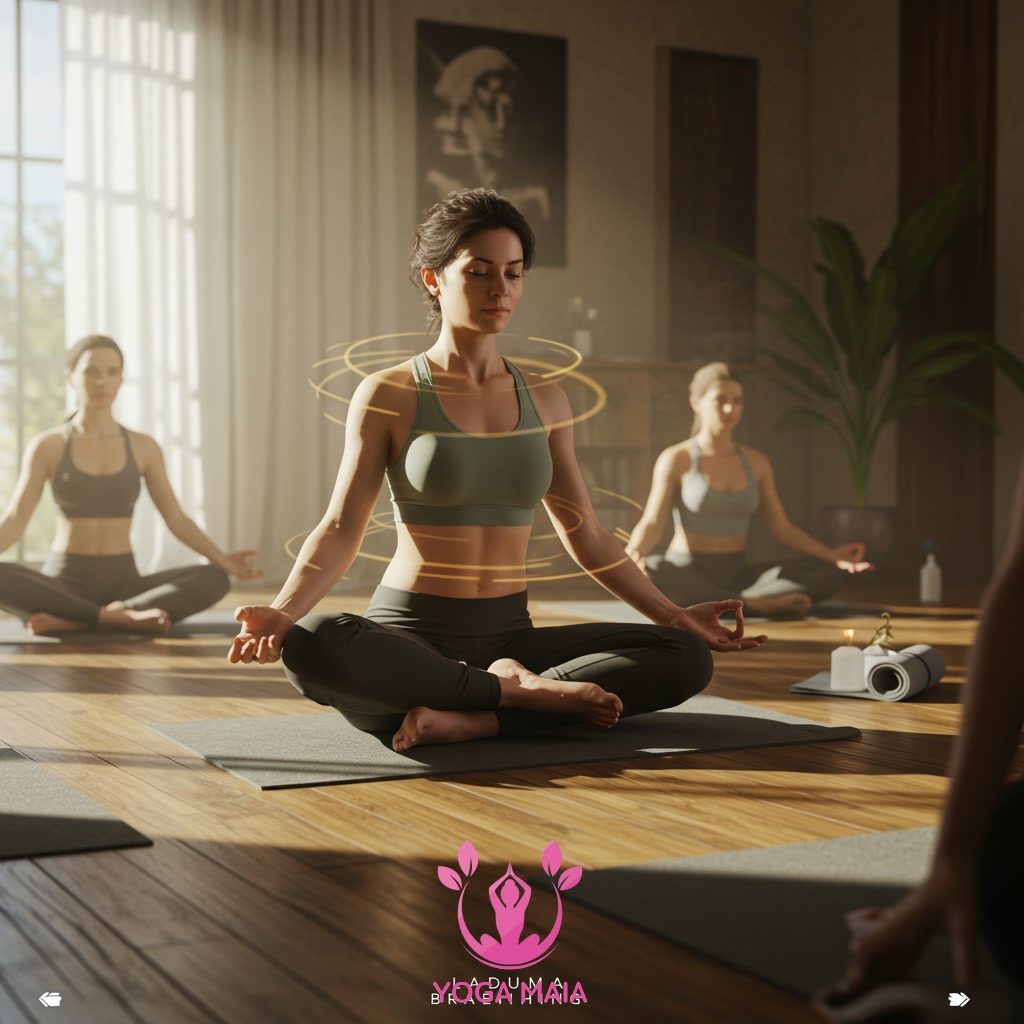 Integrating Breath and Gentle Yoga for Enhanced Relief
Integrating Breath and Gentle Yoga for Enhanced Relief
Section 5: Getting Started: Simple Poses and Breathing Techniques
Embarking on your journey towards chronic pain relief begins with simple, accessible practices. This section introduces foundational gentle yoga poses specifically chosen for their ease and minimal strain, such as a gentle seated twist or a supported bridge pose. Alongside these movements, we will explore basic breathing techniques like diaphragmatic breathing (belly breathing) and mindful inhalation/exhalation counts. The key is to move slowly, listen to your body, and synchronize each gentle stretch or hold with a deliberate breath. These initial steps are designed to build confidence, increase body awareness without triggering pain, and establish the crucial connection between calm movement and controlled breathing, laying the groundwork for more integrated practices.
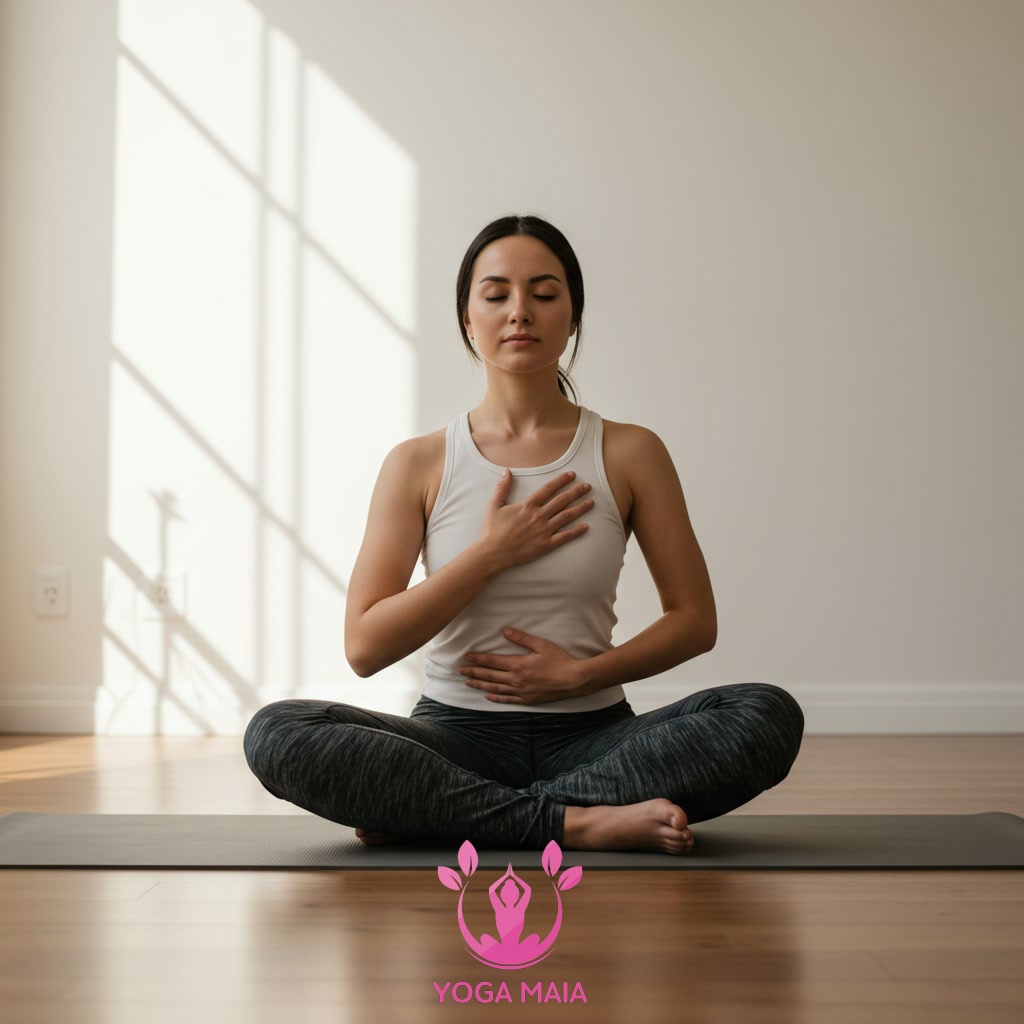 Getting Started: Simple Poses and Breathing Techniques
Getting Started: Simple Poses and Breathing Techniques
Section 6: Building a Routine: Consistency and Long-Term Well-being
Building a consistent routine is paramount when using gentle yoga and breathwork for chronic pain management. While the previous section introduced foundational poses, the true long-term benefits arise from regular practice, even in short durations. Consistency helps to gradually build strength and flexibility, improve posture, and enhance the mind-body connection, which are crucial for managing persistent discomfort. Establishing a predictable time and space for your practice, free from distractions, reinforces the habit and makes it easier to stick with. Over time, this dedicated commitment cultivates resilience, reduces the frequency and intensity of pain flares, and significantly contributes to overall well-being, moving beyond temporary relief towards sustainable improvement in your quality of life.
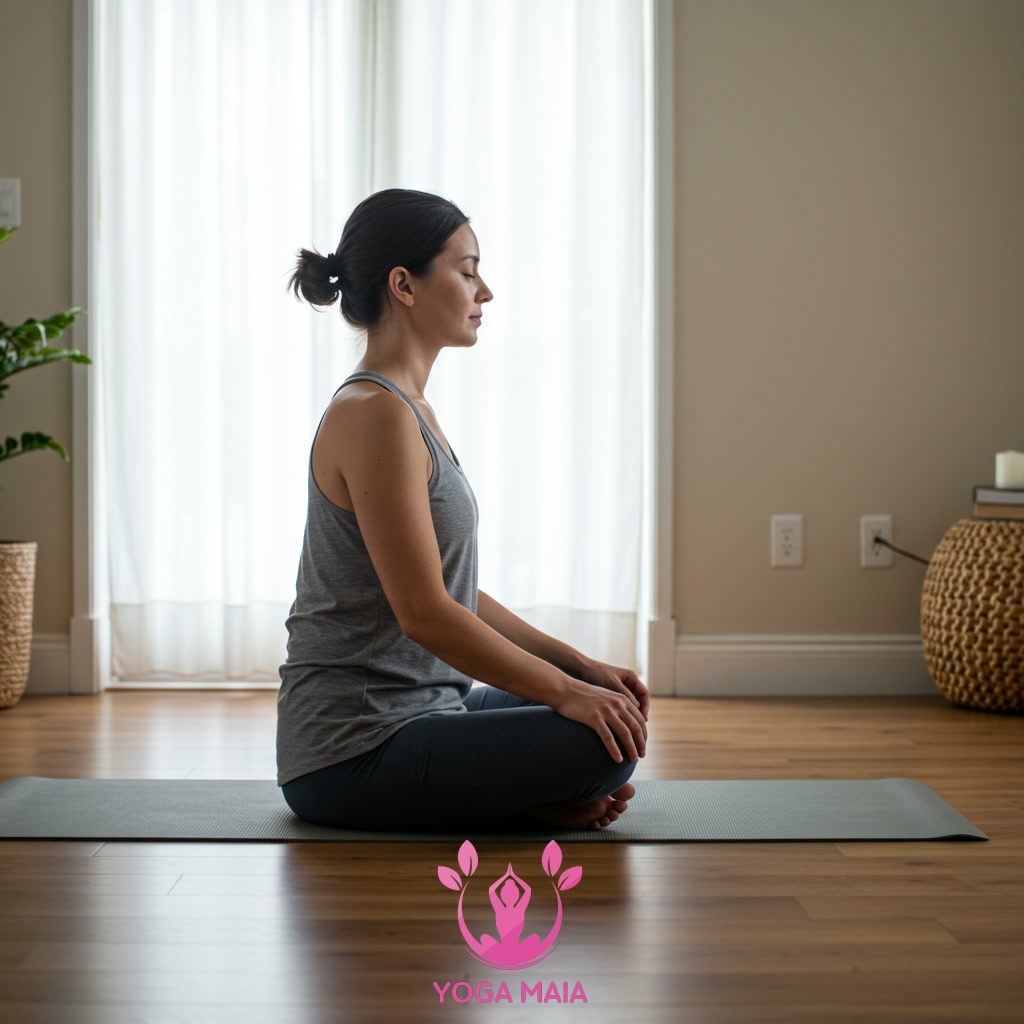 Building a Routine: Consistency and Long-Term Well-being
Building a Routine: Consistency and Long-Term Well-being












